|
THOMASTON—On Thursday, Dec. 24, a crowd of 30-40 people gathered in a line at noon, plastic bags in hand, in an empty parking lot off New County Road. Standing at the back of his pick up truck, Matinicus lobsterman Noah Ames played the proverbial role of Santa, giving away crates of live lobster for free that he and about six other Midcoast lobstermen caught, banded, and transported so that people in the area could have a good Christmas Eve dinner. During an unprecedented Christmas season, with Americans across the nation suffering economically awaiting a long-delayed $900 billion coronavirus relief package that has still yet to be signed by President Trump and with unemployment benefits set to expire in a matter of days, many people have had to choose between buying food and paying bills. Ames, with his friend, assisting, chatted with folks as they stepped up to the truck, bag in hand. Given how many people were standing in line, he announced he could only give away four lobsters to each family, with extra to veterans, in the form of a Hannaford gift card he additionally handed out. Ames started this tradition in 2014. In former stories Pen Bay Pilot has written about Ames over the years, he said, “It’s about teaching my sons the spirit of Christmas. It’s important to learn how to give back.” Many grateful people left with their bags of lobster, parting with sentiments of “Merry Christmas” and “You’re doing a wonderful thing.” At a time when every bit of kindness and generosity is coming from Mainers helping Mainers, Ames and his lobstermen friends are an example to the leaders in this country. This story originally appeared on www.penbaypilot.com
0 Comments
Deer Isle native is a viral hit...and hoot...about all things lobster |
Author
Columns and news about the subculture of Maine lobstering. Archives
February 2024
Categories
All
|
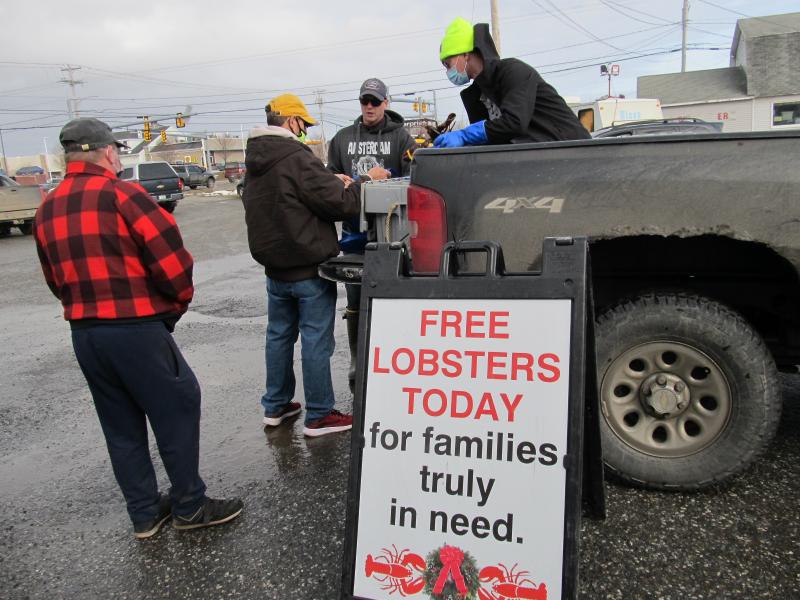
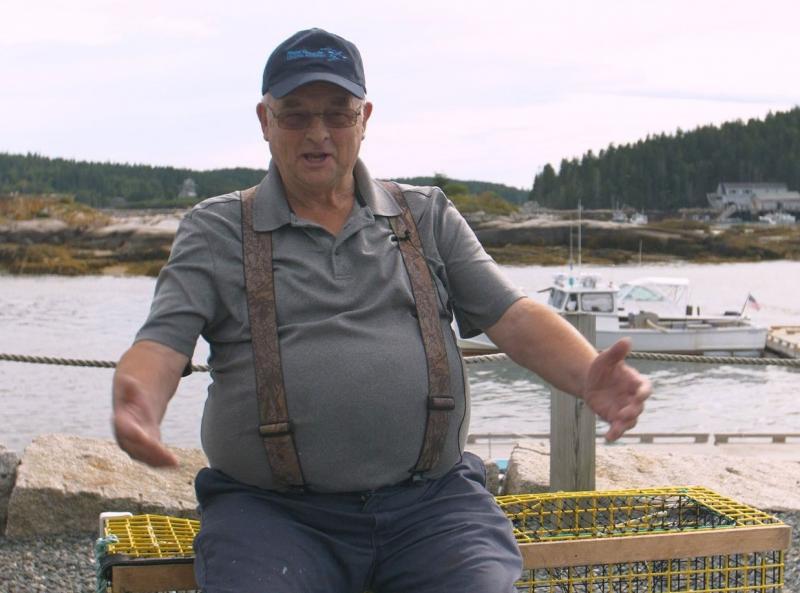
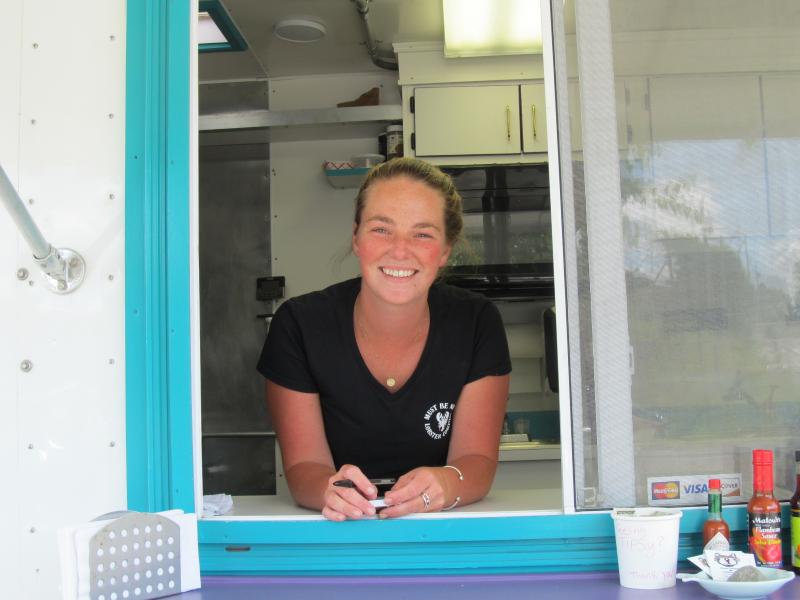
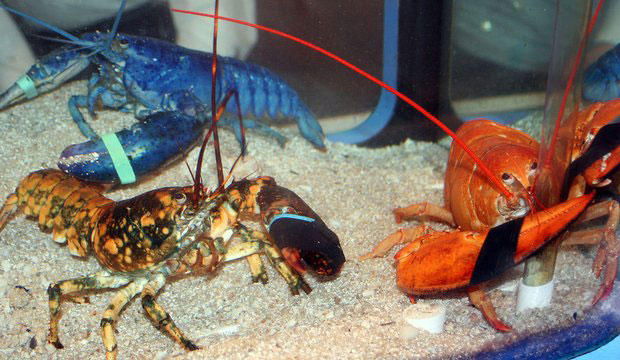
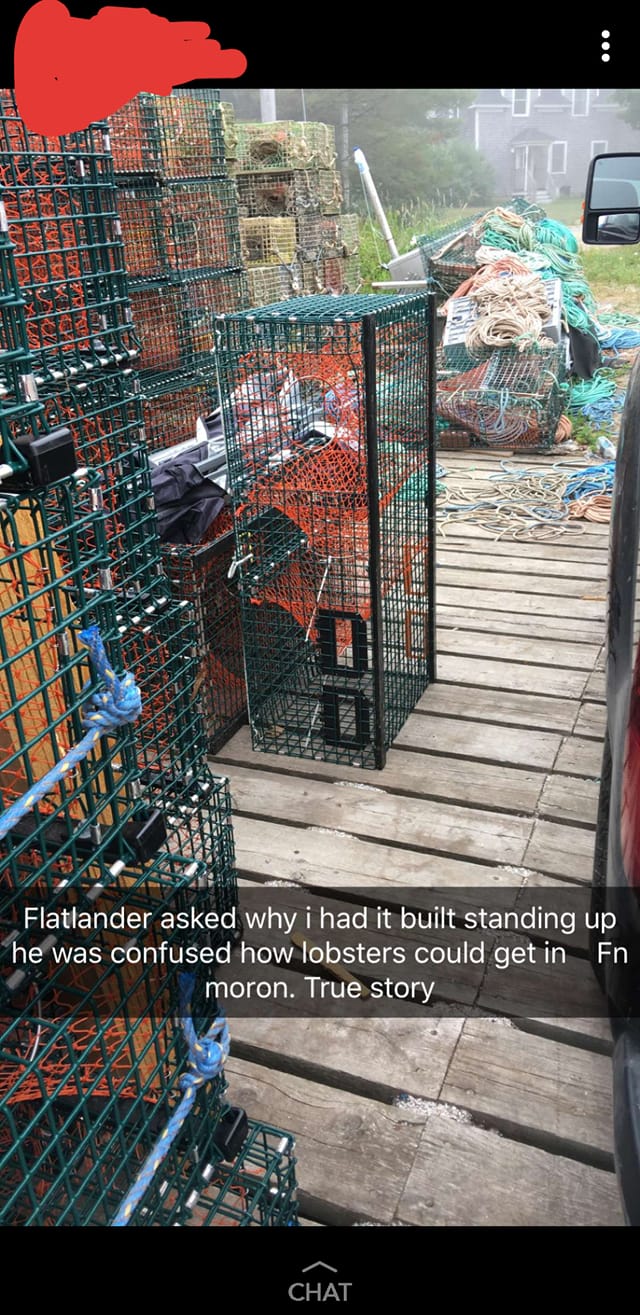
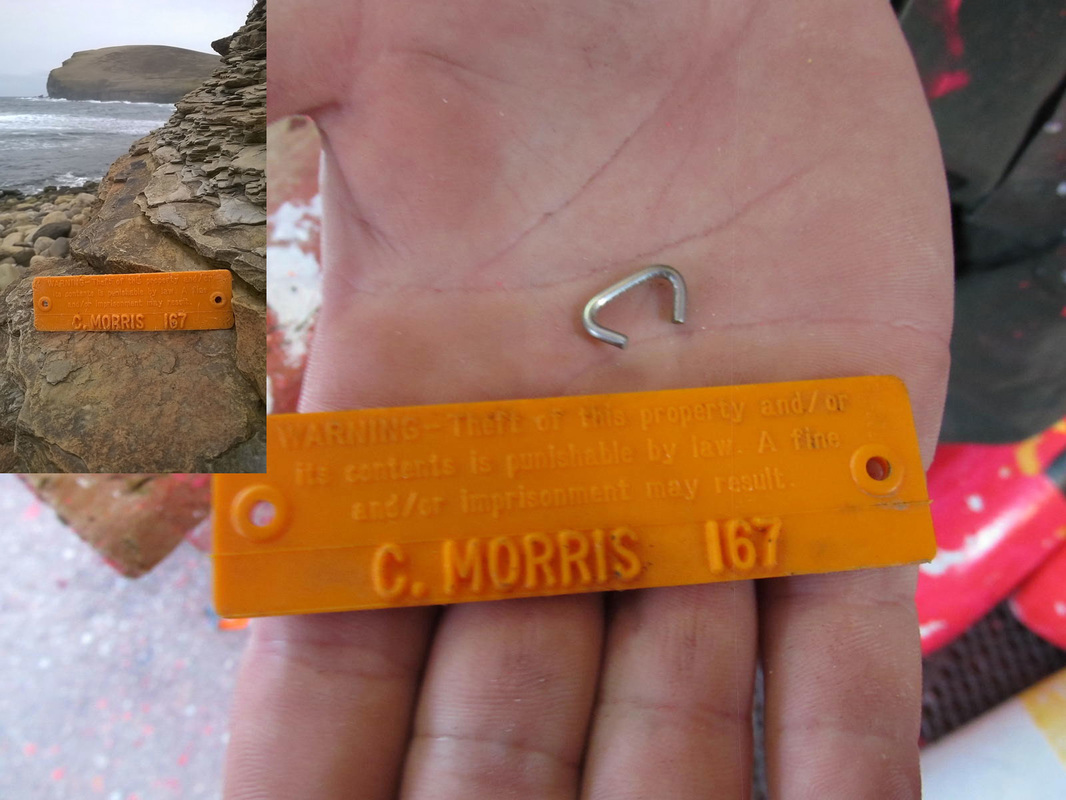

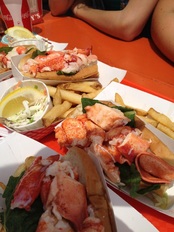
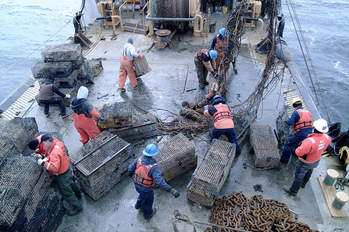
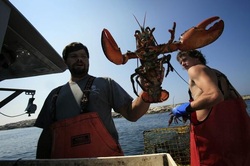
 RSS Feed
RSS Feed
